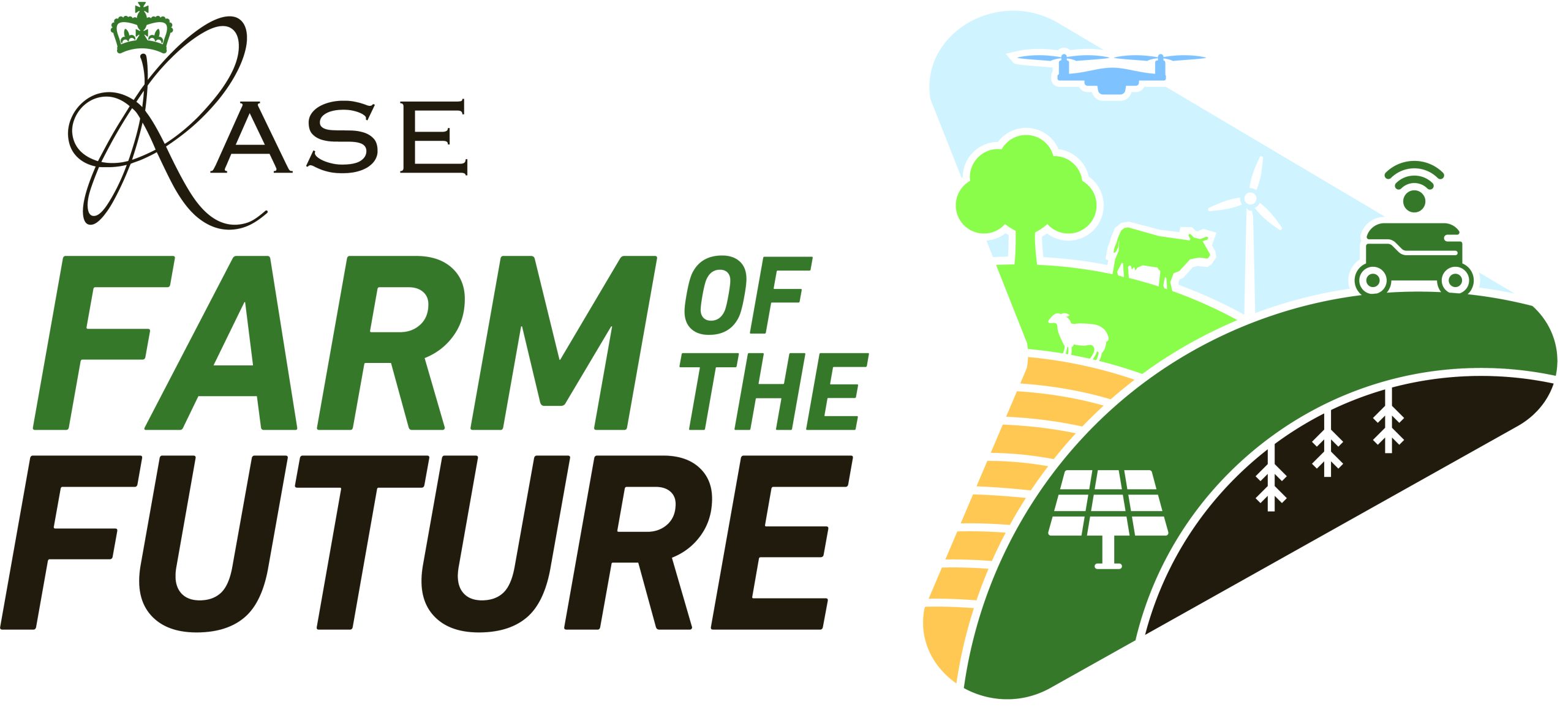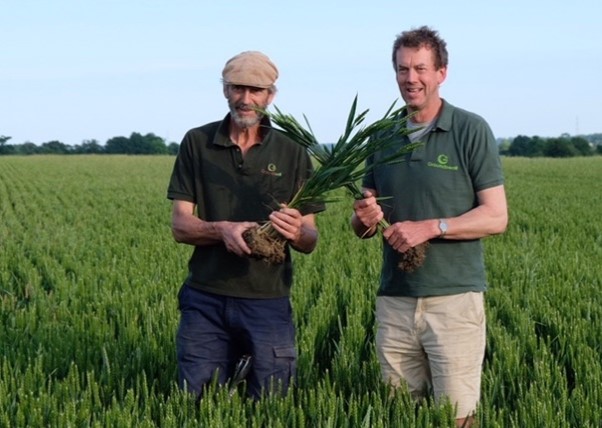Regenerative farming means’ different things to different people’, says John Cherry of Groundswell Farm in the lates Farm of the Future podcast.
In John’s words, regenerative farming refers to “Any farming system which improves the functionality of any of the systems that we rely on as farmers.”
What do we mean by that? What systems do farmers rely on? And what does regenerative farming look like in practice?
Systems required for farming
Farmers rely on the energy system, the water cycle, the mineral cycles, community dynamics and the wider social and economic systems in which farms operate. Each of these systems are essential for farming in the following ways:
Energy
Farming relies on solar energy. Even energy in fossil fuels originally came from the sun. Using energy that is landing on the farm now is free of charge, so regenerative farming aims to maximise use of solar energy by using cover crops to continue capturing energy from the sun even when no crops are growing.
It’s also worth noting that 2% of all energy on earth is used to make nitrogen fertiliser, so reducing the requirement for synthetic nitrogen fertiliser by using regenerative principles is key to improving the functioning of the wider energy system.
Water
Water is imperative for plants to grow, and it is the state of the soil that determines how much is available. Soil with sufficient organic matter can act as a sponge, allowing water to infiltrate when it rains and storing it, so plants can access it as it is needed. Increasing organic matter in soils can reduce flood risk and increase resilience to drought.
Mineral cycles
Plants rely on availability of carbon, nitrogen, phosphorus, potassium and all the micronutrients that are essential to plant growth. In a fully functioning soil these minerals are cycling, with microorganisms breaking them down and making them available to plants.
Community dynamics
This refers to how all the living things in an environment, including plants, grazing animals and microorganisms in the soil interact with each other. Diversity is key here. There is no such thing as having a monoculture in nature, and having many species growing together will contribute to the overall functioning of the system.
The social and economic systems in which farms operate
The food system as a whole is disfunctional, which is beginning to show with the number of people who are suffering with lifestyle related diseases. The food that is available for people to eat has a role in this. Pasture fed meat has a fantastic balance of omega 3s and omega 6s, making it a healthier option for people. Although human nutrition this can seem quite removed from the farm, regenerative farming is ultimately for the people who eat the food, so how farms market and sell produce matters.
Local communities can also benefit from regenerative farming practices, for example if increased organic matter in the soil reduces risk of flooding.
What does regenerative farming look like in practice?
Healthy soil enables grass and crops to be grown far more cheaply, so regenerative farming is all about the soil. It is about changing farming practices to improve soil and make the most of free resources like sun and rain.
Regenerative farming is not about rules or prescriptive approaches, but there are set of principles which can be applied to any soil-based farming system. These are:
- Minimise disturbance of the soil
- Have living roots in the soil for as long as possible
- Keep soil covered
- Maximise plant diversity
- Reintroduce livestock
The principles of regenerative agriculture are described in full here.
Key learnings from regenerative farming
The Cherry brothers began adopting regenerative farming practices 12 years ago to try to cut costs and reduce the time spent sitting on a tractor. John reflects that the period after harvest used to be the busiest time of year as they raced to cultivate soils and get winter cereals in before the weather turned, but the soils were getting progressively more difficult to work.
They started off by buying a no-till drill. “No-till drill was a gateway drug for us, it set us off on a very healthy approach, but was not enough on its own,” John says.
After two good years using the no-till, the weather turned and they realised they had to do more, which is when they started following all five of the principles.
John recommends observing what happens at the fringes of the farm, such as in the hedges, where nature has been doing it for years, and imitating that through the principles. “Getting the soil healthy so that the plants that grow in it are healthy is more challenging, because you have to think about things. We got into the habit of relying on agronomist to tell us what to do, but with regen you need to think for yourself. It’s engaging and fun, but harder work mentally,” he says.
To hear more from John, listen to the November 2023 episode of the RASE Farm of the Future podcast, which can be accessed here, or wherever you get your podcasts.
John and Paul Cherry were also awarded the 2023 RASE Farm of the Future Award, in recognition of their contribution to agriculture via Groundswell. After starting with 400 farmers coming together in a field and a barn, the Groundswell event has become a ground-breaking initiative promoting regenerative agriculture and instilling confidence in many farmers to start their journey towards more sustainable farming systems. The ripple effect of this transfer of knowledge has been phenomenal.

